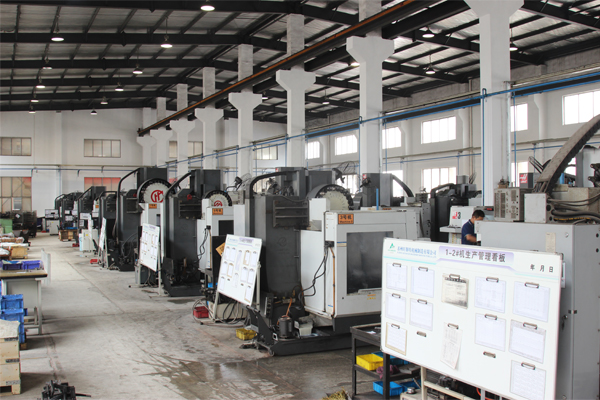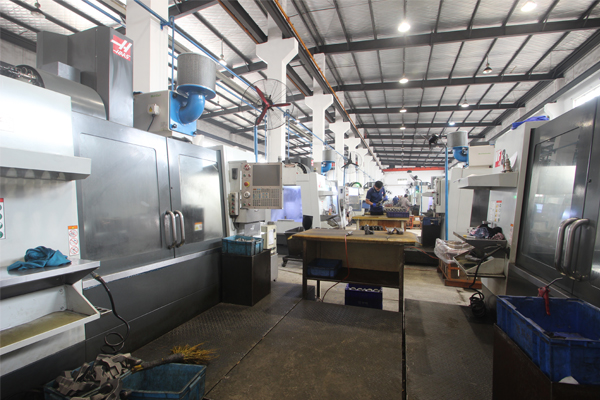1、Current Development and Trend of Mold Manufacturing
As an important process equipment, die plays an important role in consumer goods, electrical and electronic, automotive, aircraft manufacturing and other industrial sectors. As an important process equipment, die plays an important role in consumer goods, electrical and electronic, automotive, aircraft manufacturing and other industrial sectors. 75% of the roughing, 50% of the finishing and 90% of the plastic parts of industrial products will be finished by dies.
At present, China's mould market demand has reached a scale of 50 billion yuan. The annual growth rate of automobile moulds, especially panel moulds, will exceed 20%. Building materials moulds will also develop rapidly. Various profiles moulds, wall and floor moulds will become new growth points of moulds. In the next few years, the growth rate of plastic doors and windows and plastic drainage pipes will exceed 30%. The annual growth rate of household appliances moulds will exceed 10%. The average annual growth rate of IT industry will exceed 20%. The demand for moulds will occupy the mould market. 20%.
The output value of China's machine tool industry will continue to grow in 2004. China's mould manufacturing market has great potential. According to statistics, in recent years, China's total annual output value of moulds reached 3 billion US dollars, imports exceeded 1 billion US dollars and exports exceeded 100 million US dollars. Growth increased from 25% in 1995 to 50% in 2005. Foreign experts predict that Asia's share of global mould manufacturing will increase from 25% in 1995 to 50% in 2005.
China's die and mould industry has developed rapidly, forming two major bases in East and South China, and gradually expanding to other provinces. (Shandong, Anhui, Sichuan) From 1996 to 2002, the output value of the mould manufacturing industry increased by 14% annually and 25% in 2003. In 2003, China's mould output value was 45 billion yuan. The total output ranks third in the world, with US$336.8 million in export moulds, an increase of 33.5% over the previous year. However, the supply of low-tech moulds in China has exceeded the demand, and most of the high-grade precision and complex moulds rely on imports. More than one billion US dollars are imported annually. Exports exceeded $100 million.
The precision of precision die is required to be in the range of 2 micron to 3 micron. Large die needs to meet the requirement of 8000 kN clamping force injection moulding machine, and small die needs to meet the requirement of 1 mm diameter plastic pipe. At present, the use of high-speed cutting to produce dies has become a major trend in die manufacturing. In some die manufacturers abroad, high-speed machine tools replace EDM machine tools in a large area, and high-speed cutting greatly improves the efficiency of die production.
2、Application of High Speed Machining in Die Manufacturing
Advantages of High Speed Cutting:
1)The cutting tool's high speed, the machine tool's high feed and high acceleration greatly improve the metal removal rate;
2)Reducing Cutting Force by High Speed Cutting;
3)The heat of high-speed cutting is mostly taken away by chips, and the workpiece produces less heat;
4)High Speed Cutting Reduces Vibration and Improves Machining Quality;
5)Benefits of High Speed Machining Applied to Die Processing
Rapid roughing and semi-finishing can improve processing efficiency; High-speed and high-precision hard cutting instead of finishing can improve quality and shape accuracy, increase efficiency by 50% compared with EDM and reduce manual grinding; Hard cutting can improve surface quality and shape accuracy (not only surface roughness is low, but also surface brightness is high) for complex surfaces. Processing is more advantageous; avoiding surface damage caused by EDM processing and increasing die life by 20%; combining with CAD/CAM technology, rapid processing of electrodes, especially thin-walled electrodes with complex shape






